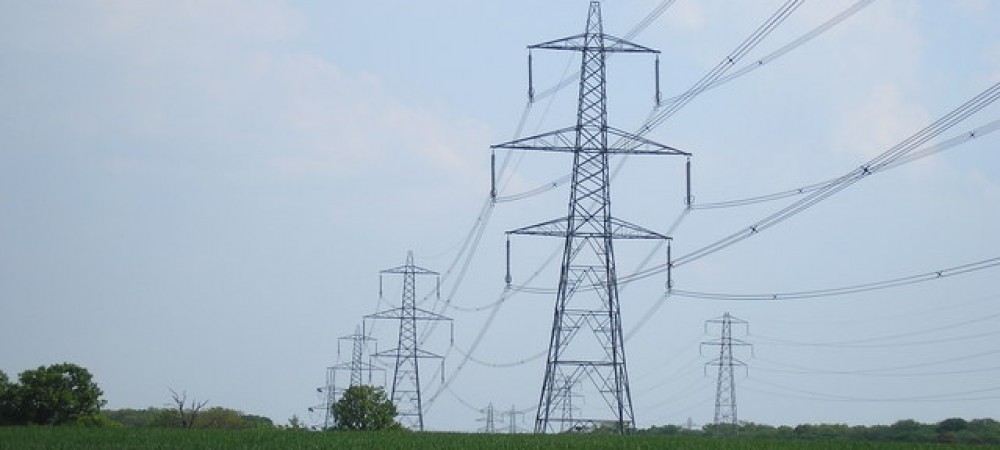The Pentagon has decided to reopen the Cheyenne Mountain Air Defense facility, which housed the heart of America’s air and missile defense of North America. The facility had been mothballed in a “cost-saving” move in 2006.
Last week, Admiral William Gortney, head of US NORAD (North American Aerospace Defense Command) and US Northern Command, reversed that decision and announced the Pentagon was spending an opening ante of $700 million to oversee reactivation of the Cheyenne mountain-embedded facility. The reason – the Pentagon’s fears of a nuclear Electro-Magnetic Pulse (EMP) attack by a missile that would burn out America’s overly-dependent defense, which is based on modern electronics.
The article doesn’t say what has changed since 2006. After all, the danger of EMP has been recognized within the military for decades. I see four possibilities. One is the increased likelihood of attack by North Korea, Iran, and other unstable third world powers. Another is the proliferation of super-EMP weapon technology to North Korea and possibly to other such powers. Another is the growing susceptibility of modern military electronics to EMP. Another is a realization by the military of its dependence on the civilian infrastructure.
Ensuring the ability of the US to retaliate is important in forestalling attacks by rational leaders of such countries as China and Russia. It is less effective in deterring aggression by unstable dictators, unidentifiable terrorists, and Arabs with a death wish.
